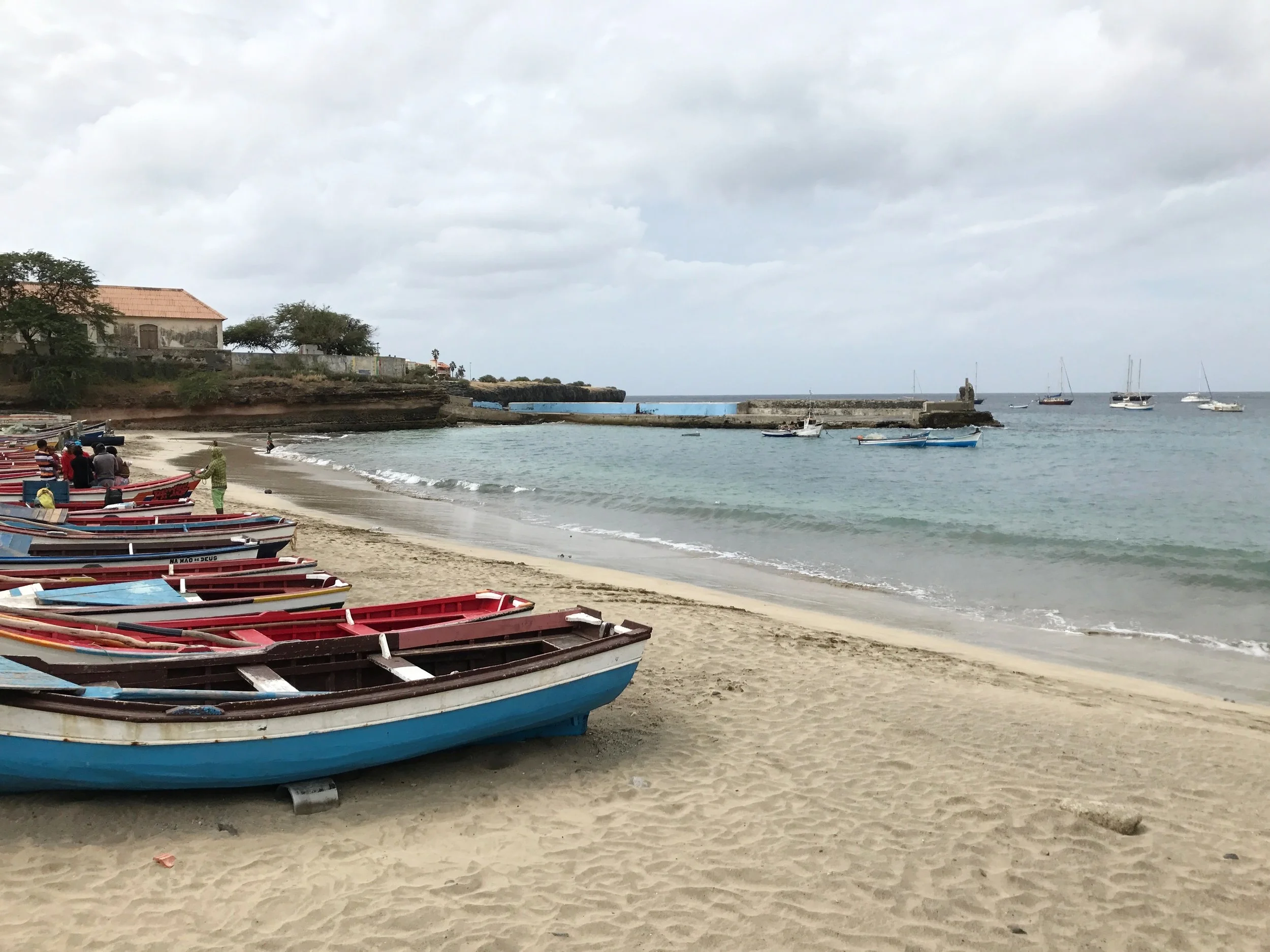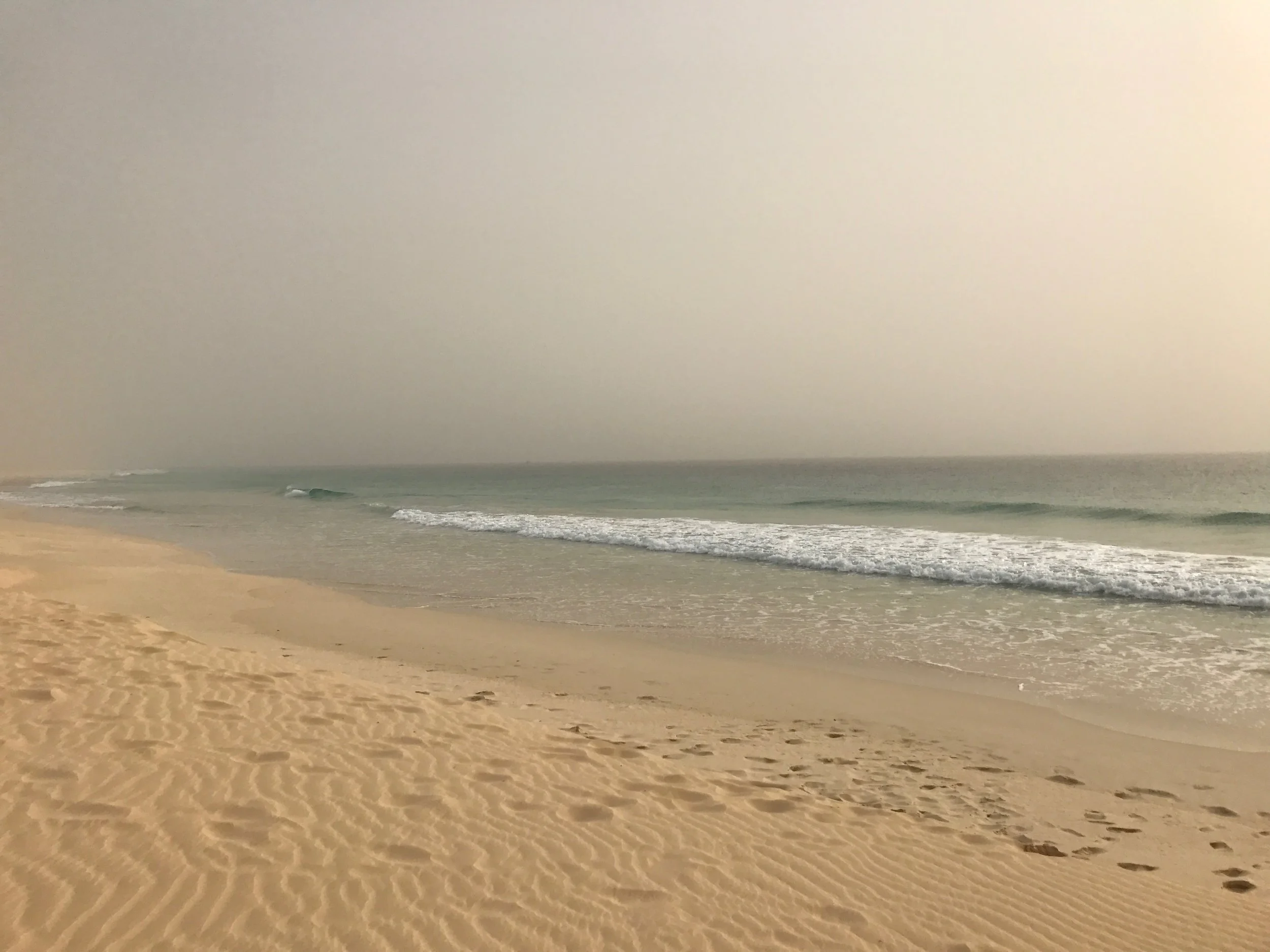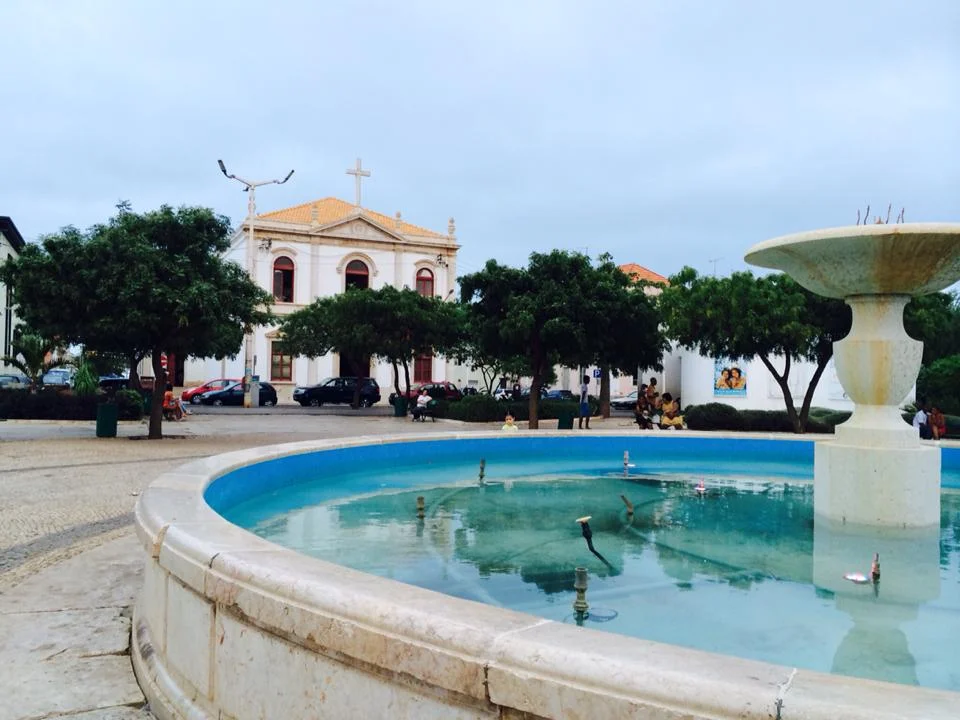Tarrafal beach, Santiago.
It has been 18 years since I left Cabo Verde. 18 YEARS ALREADY! Whoa time does fly!
During all these years, I made it back quite a few times thanks to my sister's hard work. As a child, I loved travelling back to Cabo Verde and most of the time I would stay in my Santiago island and spend precious time with my relatives.
But now that I am a grown woman, I’m starting to realize that actually I know very little about my own land. This motivates me to travel more and above all to do my research about this fascinating "petit pays" as the great Cesária Évora liked to call it.
So far, I've visited my island Santiago, Brava, Fogo and last Christmas the beautiful Boa Vista. I still have 6 more islands to go: Santo Antão, São Vicente, São Nicolau, Sal, Maio and Santa Luzia, the only uninhabited island of the archipelago.
I’m planning to visit São Vicente for Carnival 2018. So for now, I am going to read more and get to know CV better.
Here are 8 interesting facts you probably didn't know about my country.
10!
The archipelago contains a cluster of 10 volcanic islands that form a horseshoe-shape and the combined area they cover is a little more than 4,000 square kilometers.
Spatially divided into two groups, you have:
- The Barlavento Islands (windward islands): Santo Antão, São Vicente, Santa Luzia, São Nicolau, Sal, Boa Vista
- The Sotavento Islands (leeward): Maio, Santiago, Fogo, Brava.
20 million years
Sal, Maio and Boa Vista are the oldest islands. They date from 20 million years while the islands in the west date from 8-10 million years. The youngest island is Fogo, where there’s the only volcano still in activity.
Santa Monica beach, Boa Vista.
1/10
Only 1/10 of the land of Cabo Verde is suitable for agriculture.
Gracias a Deus
God is an important part of Cabo Verdeans’ daily life. You’ll often hear people say “Gracias a Deus” (thank God) or “Si Deus quiser” (God willing). About 95% of the population is Christian, with a majority of 85% being Catholic.
Praia, Santiago.
Goat my friend!
Fun fact, there is one goat for every two people on the islands. They were imported during the Portuguese colonization. Known for their adaptation skills in arid climate, the goats are of vital importance for the breeders throughout the country. Although today, the authorities keep a close eye on their farming as they are to blame for the islands’ desertification.
500,000 in vs. 1 million out
Today the Cabo Verdean population is larger outside of the country than inside of it. The biggest diaspora community, around 500,000 people, lives in the United States.
There are also significant Cabo Verdean populations in Portugal (around 150,000), Angola (around 45,000), São Tomé and Príncipe (around 25,000), Senegal (around 25,000), the Netherlands (around 20,000) or France (around 25,000).
“No Stress”
Printed on t-shirts, hats or bracelets, if you ever travel to Cabo Verde (which you obviously have to at some point in your life!) you’ll see it everywhere. This shows that Cabo Verdeans are pretty laid back and like to enjoy life.
Call us Cabo Verde please
Republic of Cabo Verde is the archipelago’s official name. Known before as Cap-Vert in French or Cape Verde in English, in 2013 the authorities went to the UN and requested to be called Cabo Verde. So, Cabo Verde it is.
Petit Pays by Cape Verdean legend Cesária Évora.
Sources:
BERTRAND Jordane, Dictionnaire insolite du Cap-Vert, Cosmopole.





